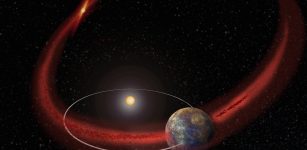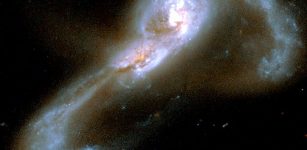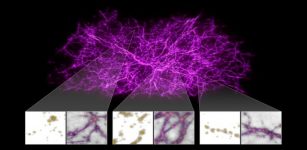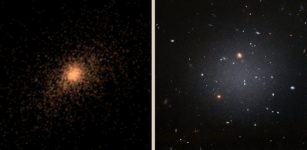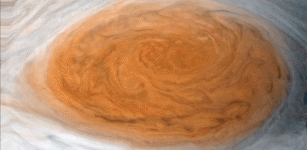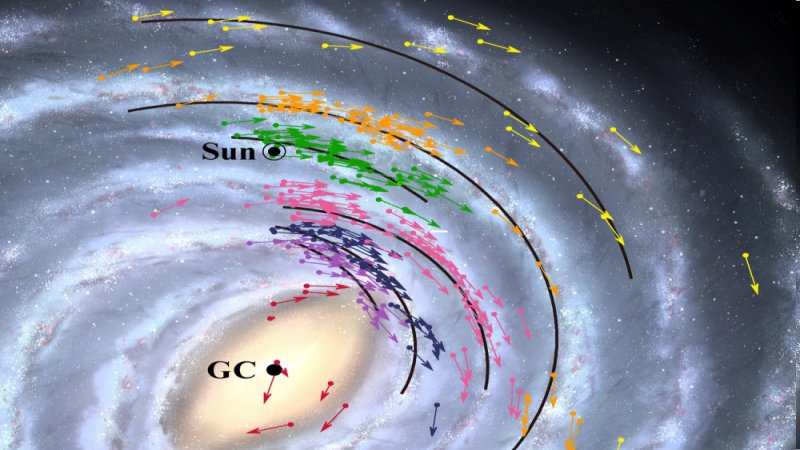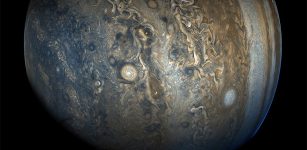Tiny Galaxies Can Slowly Produce Stars – A New Study
Eddie Gonzales Jr. – MessageToEagle.com – An international team of astronomers led by Lund University in Sweden can now explain how small, dwarf galaxies can produce new stars.
There are around 2 000 billion galaxies in our Universe and, while our own Milky-Way encompasses between 200 and 400 billion stars, small dwarf galaxies contain only a thousand times less.
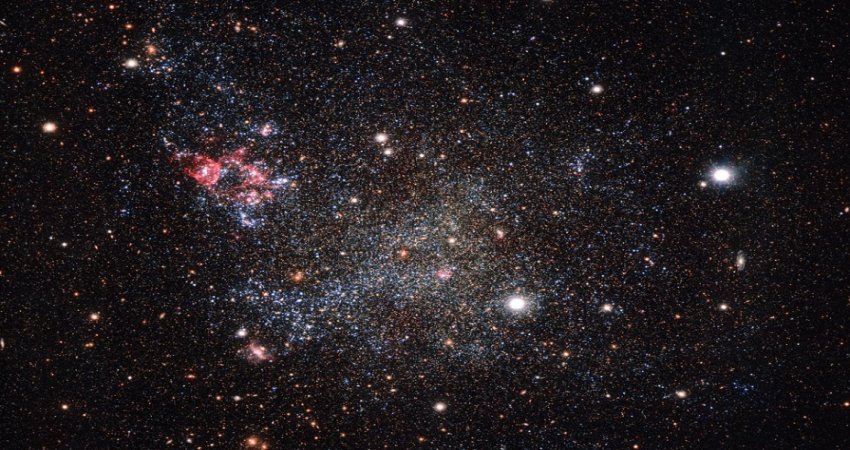 This image, captured with the OmegaCAM camera on ESO’s VLT Survey Telescope in Chile, shows an unusually clean small galaxy. IC 1613 contains very little cosmic dust, allowing astronomers to explore its contents with great clarity. Credit: ESO Acknowledgement: VST/Omegacam Local Group Survey
This image, captured with the OmegaCAM camera on ESO’s VLT Survey Telescope in Chile, shows an unusually clean small galaxy. IC 1613 contains very little cosmic dust, allowing astronomers to explore its contents with great clarity. Credit: ESO Acknowledgement: VST/Omegacam Local Group Survey
A new study published in Monthly Notices of the Royal Astronomical Society, explains that dwarf galaxies are capable of lying dormant for several billion years before starting to form stars again.
“It is estimated that these dwarf galaxies stopped forming stars around 12 billion years ago. Our study shows that this can be a temporary hiatus”, says Martin Rey, an astrophysicist at Lund University and the leader of the study.
The researchers made high-resolution computer simulations, and it’s worth noting that each simulation takes as long as two months and requires the equivalent of 40 laptop computers operating around the clock.
The study demonstrates that star formation in dwarf galaxies ceased as a result of the heating and ionization from the strong light of newborn stars. Explosions of so-called white dwarfs – small faint stars made of the core that remains when normal-sized stars die -further contribute to preventing the star formation process in dwarf galaxies.
“Our simulations show that dwarf galaxies are able to accumulate fuel in the form of gas, which eventually condenses and gives birth to stars. This explains the observed star formation in existing faint dwarf galaxies that has long puzzled astronomers,” states Martin Rey.
“By deepening our understanding of this subject, we gain new insights into the modeling of astrophysical processes such as star explosions, as well as the heating and cooling of cosmic gas.
In addition, further work is underway to predict how many such star-forming dwarfs exist in our Universe, and could be discovered by astronomical telescopes” concludes Martin Rey.
Written by Eddie Gonzales Jr. – MessageToEagle.com Staff

